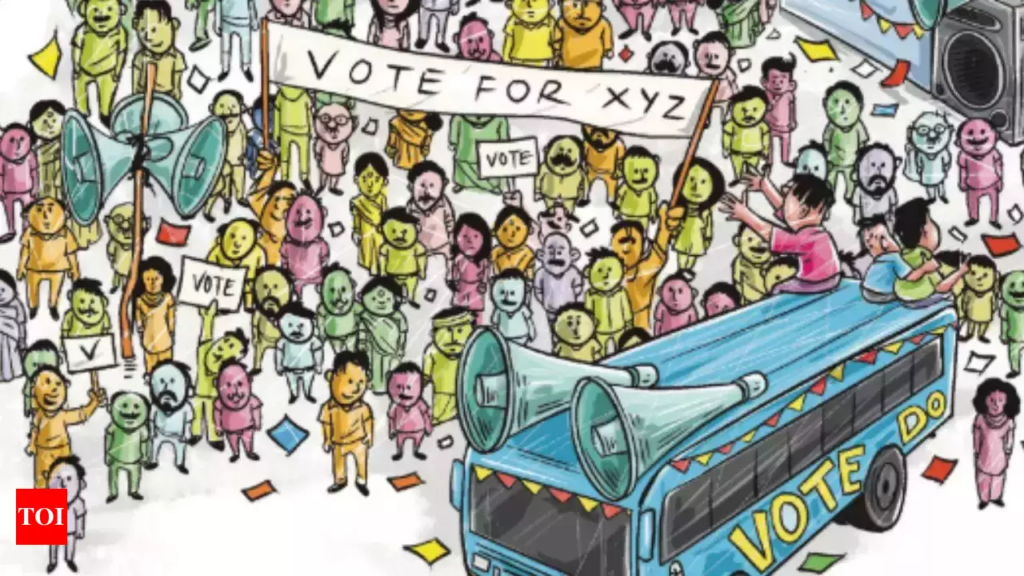
In today’s fast-paced digital world, where attention spans are shrinking, political parties are embracing minimalist branding to connect with voters effectively. Simplicity has become a powerful tool in political campaigns, allowing parties to cut through the noise and deliver their message with clarity and impact. But how does this work, and why is it so effective? Let’s explore.
Content Table
| S.no. | Content |
| 1 | The Power of Simplicity in Political Branding |
| 2 | Why Minimalism Works in Political Campaigns |
| 3 | Real-World Examples of Minimalist Political Branding |
| 4 | How Political Parties Can Master Minimalist Branding |
| 5 | Final Thoughts |
The Power of Simplicity in Political Branding
Minimalist campaign branding strips away unnecessary clutter, leaving behind only the essential elements that create a strong and memorable impression. This approach leverages clean designs, simple color schemes, and concise messaging to establish an emotional connection with the electorate.
For example, many political parties use a single bold color—red, blue, or green—to symbolize their core values. Combined with a clean, modern logo and a short yet powerful slogan, this creates instant recognition and trust among voters.
Why Minimalism Works in Political Campaigns
- Instant Recognition – A minimalist design ensures that campaign branding is easily recognizable across different platforms, from social media to billboards.
- Stronger Emotional Connection – A clear and simple message resonates more deeply with voters, avoiding confusion and reinforcing the party’s key promises.
- Better Adaptability – Minimalist branding translates well across different mediums, from printed posters to digital ads and mobile screens.
- Memorability – When branding is stripped to its essential elements, it becomes easier for people to recall and associate with a party’s ideology.
Real-World Examples of Minimalist Political Branding
Political campaigns worldwide have successfully utilized minimalist branding to engage voters. Barack Obama’s 2008 campaign, for instance, featured a simple yet powerful logo with the iconic ‘O’ and a clean color scheme. The campaign’s messaging—centered around “Hope” and “Change”—was direct, inspiring, and easy to remember.
Similarly, newer political movements and independent candidates are leveraging minimalist branding to break through the crowded political space. Their approach often involves using fewer words, striking visuals, and a strong social media presence to captivate modern voters.
How Political Parties Can Master Minimalist Branding
- Choose a Distinctive Yet Simple Logo – A unique, clean, and scalable logo helps establish strong brand identity.
- Use a Limited Color Palette – Stick to one or two colors that evoke emotions aligned with the party’s message.
- Craft a Short & Impactful Slogan – Keep it concise yet powerful (e.g., “Yes We Can” or “Stronger Together”).
- Maintain Consistency – Ensure all branding elements are uniform across all campaign materials.
- Emphasize Digital Presence – A minimalist branding strategy is highly effective on social media, where clean visuals stand out in a cluttered feed.
Final Thoughts
Minimalist campaign branding isn’t just a design trend—it’s a strategic tool that helps political parties engage with voters more effectively. By focusing on simplicity, clarity, and emotional impact, parties can ensure their message stands out in an era of information overload.
As political campaigns continue to evolve, expect to see even more streamlined branding that prioritizes connection over complexity. After all, in a world where less is more, a well-crafted minimalist campaign can leave a lasting impression on the minds of voters.

